Oh! Breastfeeding is so painful! My back and hands hurt!
My baby is unable to latch properly!
My nipples are so sore!
If you are a new mom reading this, we are sure these statements sound familiar to you. We feel you. As natural and exciting as breastfeeding is, it is also the trickiest thing for a new mother. Several factors affect your breastfeeding journey and we have to perfect it with several permutations and combinations. Keeping a correct posture while nursing your baby is important to not only increase your milk production but also help in your postpartum recovery.
Table of Contents
ToggleHow to improve your baby feeding experience?
- Boost breast milk production to nourish your baby
- Pay attention to the baby’s hunger cues
- Always feed the baby when she/he is calm
- When at home, create a proper breastfeeding setup that will be convenient for you and the baby. Place your water bottles, feeding pillows, soft cushions, and a baby blanket near you.
- Hold the baby near you and support the baby with your arm or cushions.
- Switch sides and feed from alternating breasts after each feed
- Ensure baby’s mouth covers both the nipple and most of the areola
- Avoid bending over or leaning too much in front. Instead, hold the baby up.
Once you are prepared with these basic principles, you can now learn about different breastfeeding positions to up your feeding game.
Laid-back breastfeeding or reclined position:
It is most commonly used soon after birth. It gives a great bonding time and skin-to-skin contact for you and your baby. This helps release the feel-good hormone – oxytocin. This is also known as biological nurturing. It is convenient for mothers who like a relaxed approach or the ones who have undergone a cesarean delivery and find it difficult to sit upright.
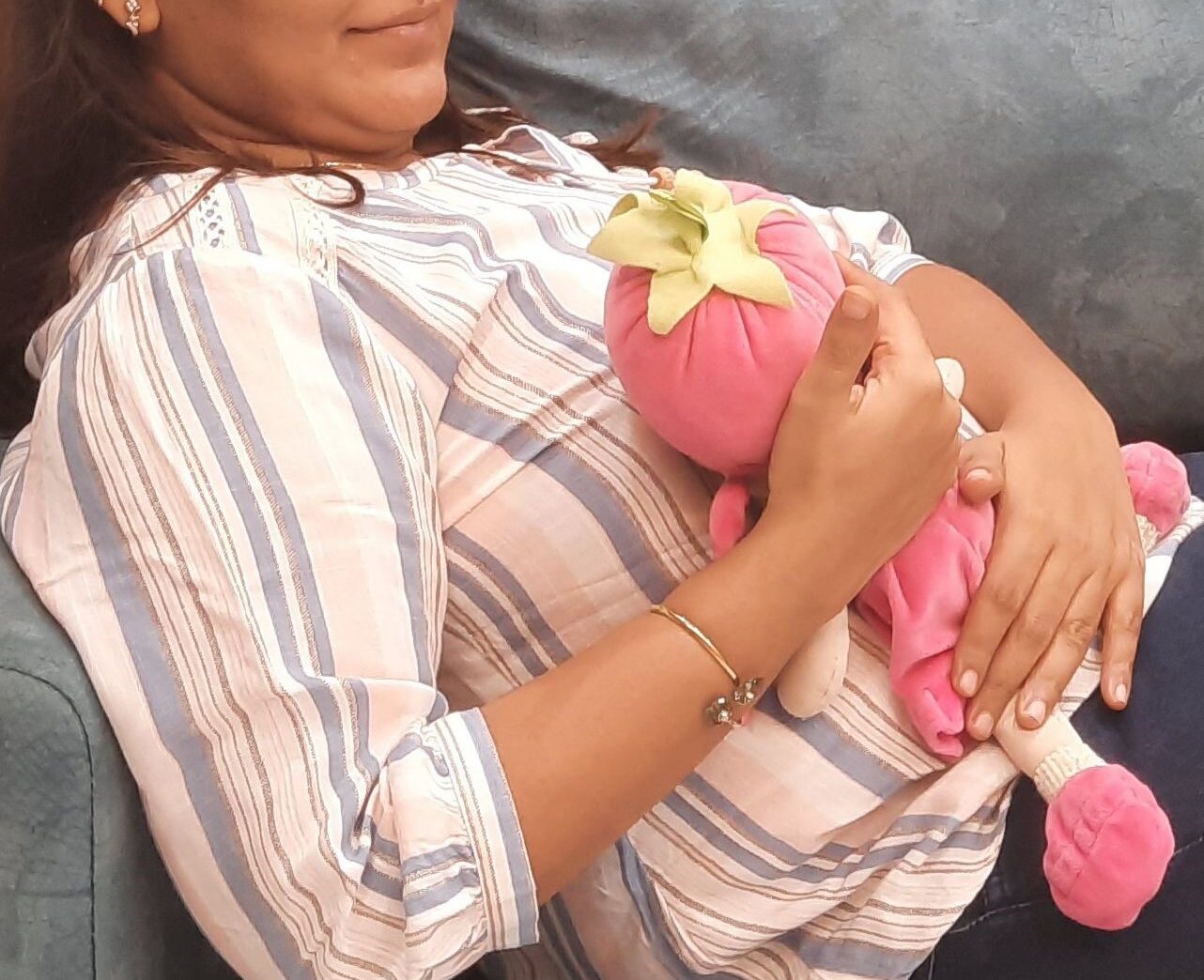
- You can start your breastfeeding journey in this position by reclining your back on a well-supported bed or a chair.
- Place your baby’s face near your breast and make sure that the baby’s body is well supported by your body. This helps you to relax and keeps your hands free.
- Your baby will be able to latch on to the breast conveniently in this position. You can breastfeed using a laid-back position for babies of any age.
Cradle hold position:
Whenever you think of breastfeeding, you think of this position! It is the most common and classic one. This is best suited for moms who have undergone a natural delivery because, with a cesarean scar, it might get uncomfortable to sit in this position.
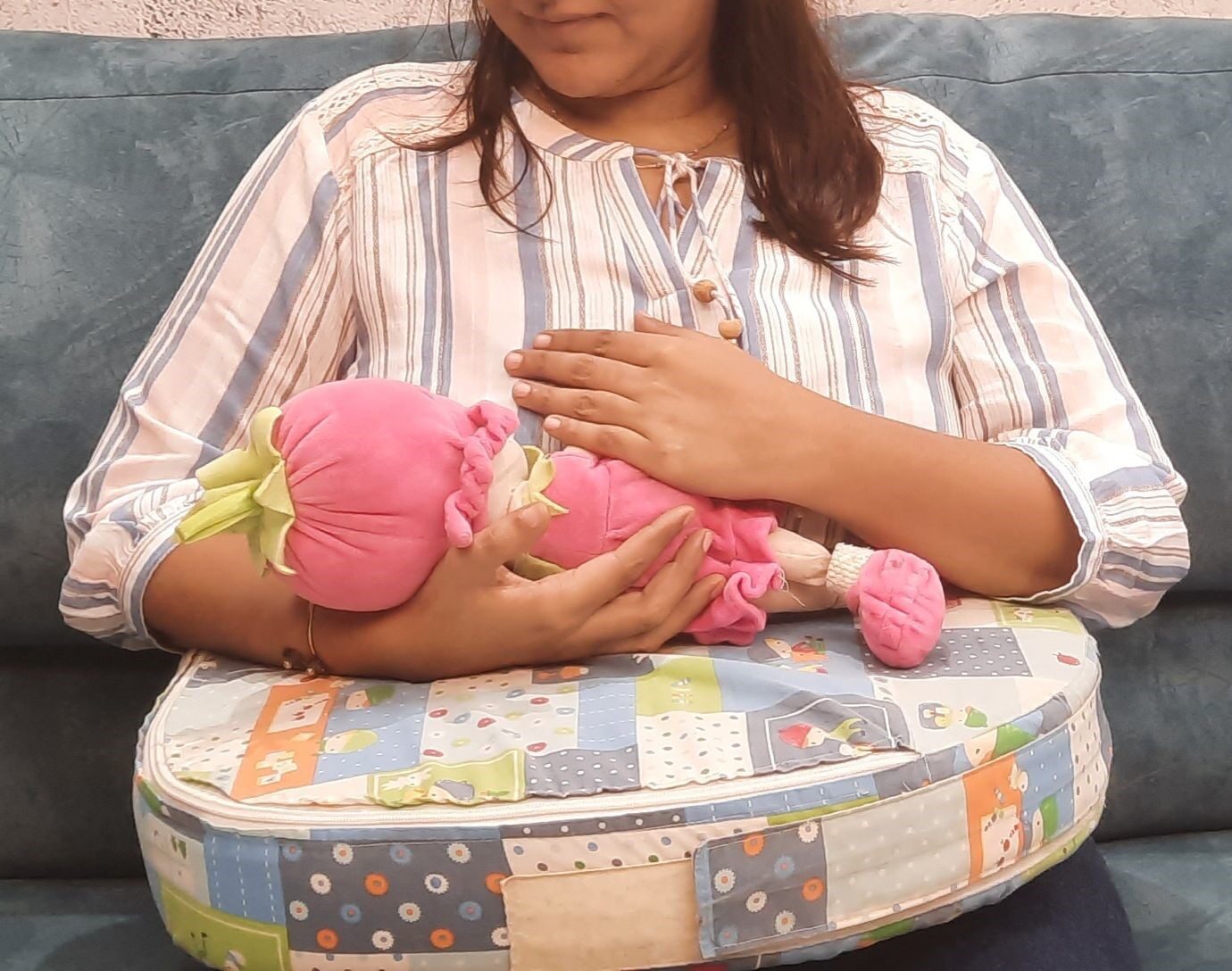
- While cradling, lie your baby on your lap and look at your baby while supporting the baby’s head on your forearm.
- The height of your baby’s head should be the level of your breast.
- You can also use a breastfeeding pillow for additional support. This will be comfortable for you and will avoid unnecessary strain on your back, shoulders, and neck. You may also use a footstool if you are sitting while cradle feeding.
Cross-cradle hold:
This position is generally recommended by lactation experts for babies with latching difficulties, premature babies, or babies with a weak suck because the mom can support her breast with her hand and help the baby stay latched.
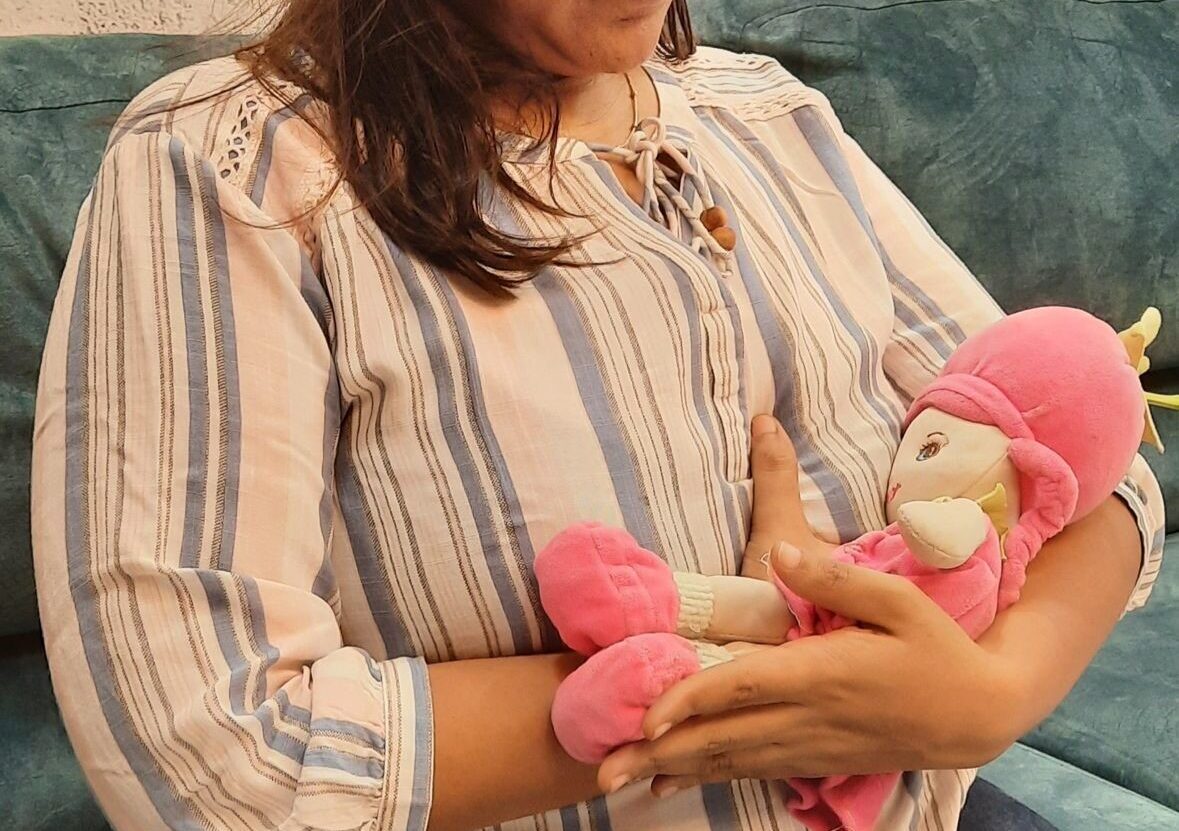
- Hold your baby horizontally in this position while supporting the baby’s hip and head with one hand. The baby’s tummy should be aligned to yours.
- You can hold the breast with the other hand.
- Bring your baby towards your breast and as your baby’s mouth opens, assist the baby with your palm to help the latch.
- A breastfeeding pillow is of great help here to support the baby’s body and that helps to relieve pressure from the mother’s hand.
Rugby ball hold, also known as the football or underarm or clutch hold:
The name hints at what this baby feeding looks like. Here, the baby is held on the side like a rugby ball or like a clutch. It is an excellent method for mothers with twin babies and is perfect for mothers who have undergone a cesarean section or mothers who have flat or inverted nipples.
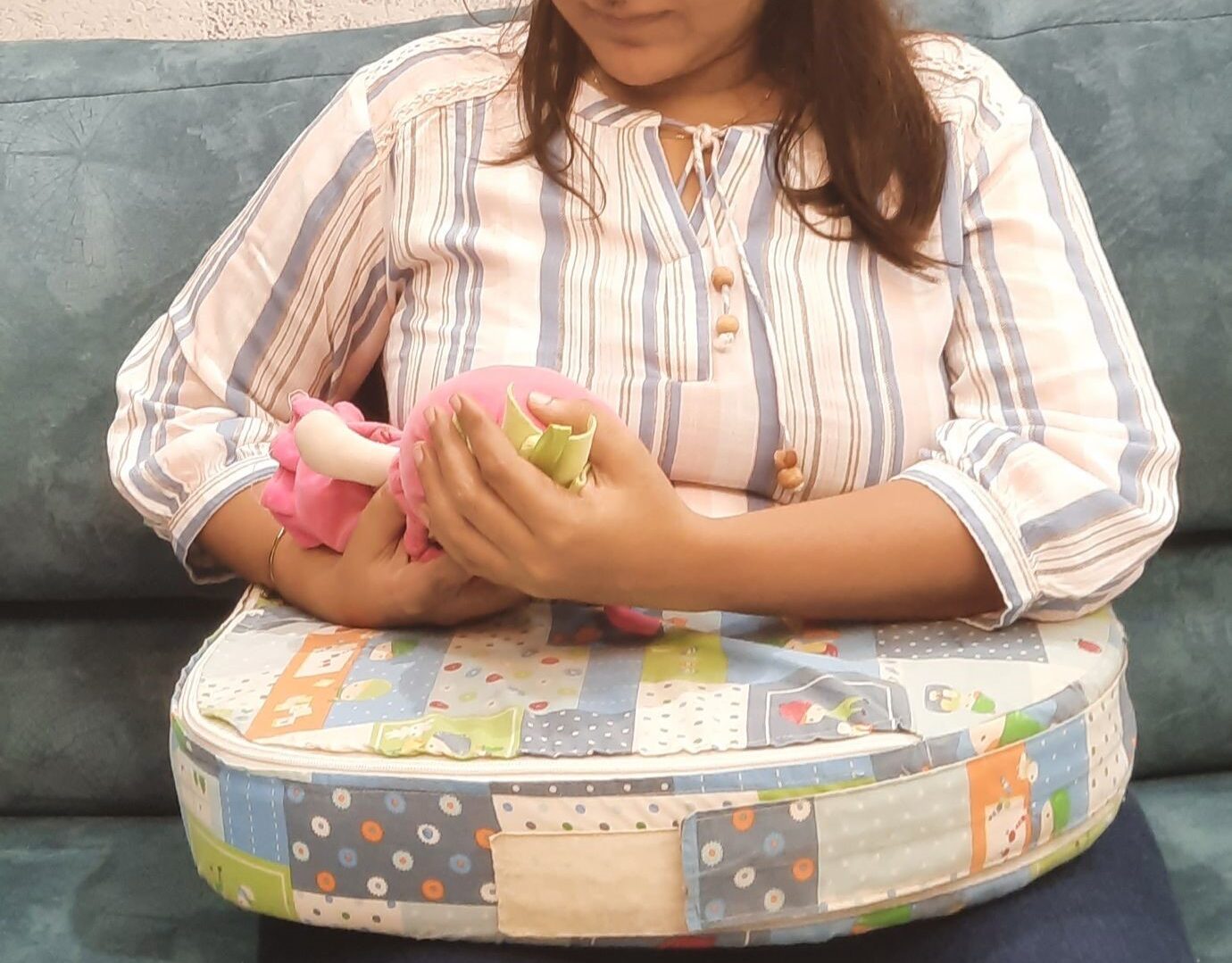
- In this feeding position, you support your baby’s head under your arms beside you.
- Hold the baby with the same hand as the breast
- A pillow underneath your arm can help support your baby’s weight.
- You can also lift your breast using a rolled-up towel for a better latch.
- To avoid straining your back and neck don’t lean down on your baby. Bring your baby to you instead.
Side-lying position:
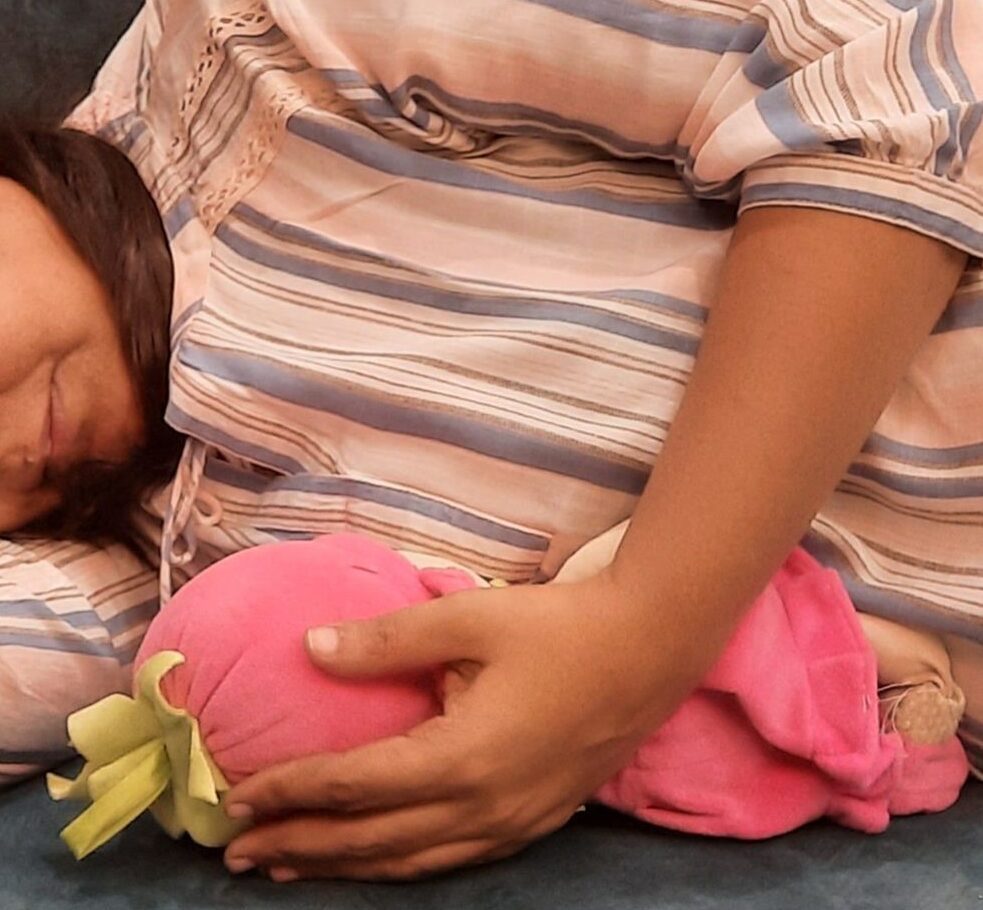
Have you heard anyone say that you can relax while breastfeeding? If not, breastfeeding in a side-lying position is the answer to it! This is a perfect position for mothers who are physically weak and need to feed their babies often, especially during the night. This is the best feeding position for the mother who has undergone a cesarean delivery or difficult delivery.
- Lie on your side and place your baby facing you.
- Your baby will be able to latch on naturally in this position
- You may support your head with one arm and your baby with the other.
- For more comfort, support yourself with pillows behind your back or between your knees.
- A pillow or rolled blanket behind the baby’s back will keep him from rolling away from you.
- Be careful not to surround your baby with loose clothing or bedding.
- Some mothers are unable to empty their breasts while feeding in this position so, keeping a check on draining the breast is crucial to avoid breast engorgement or plugged ducts.
Upright breastfeeding or koala hold:
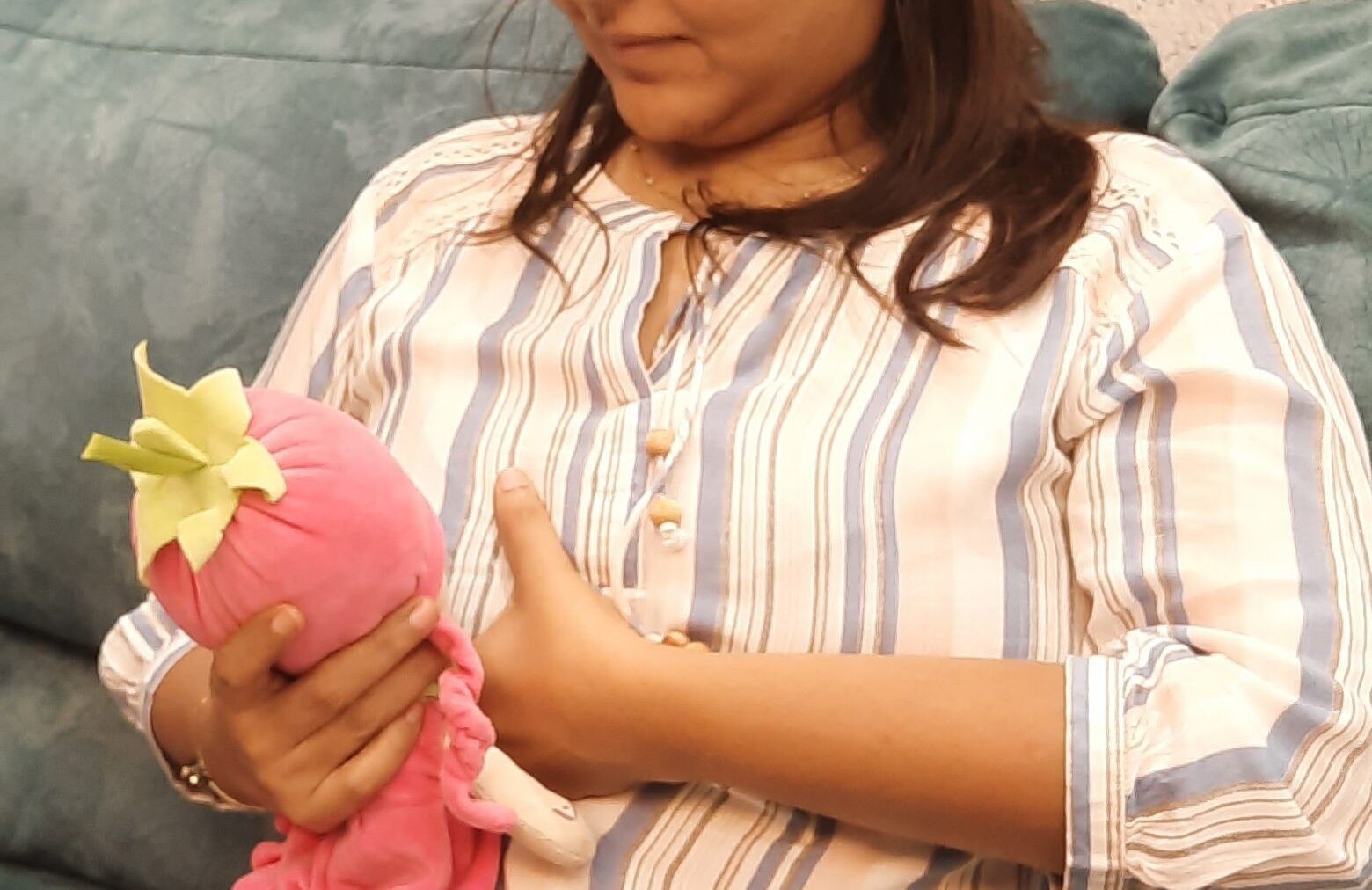
Try this one when your baby sits up on their own. Feeding newborn babies in this position may need a lot of support because as the name suggests, you and your little one are both sitting upright while feeding in this position. This helps babies who suffer from infant reflux, may have ear infections, or babies with tongue tie or low muscle tone.
- In the upright or koala hold, your baby sits facing you straddling your thigh, or on your hip.
- You can support the baby with the arm for a better latch.
Dangle feeding:
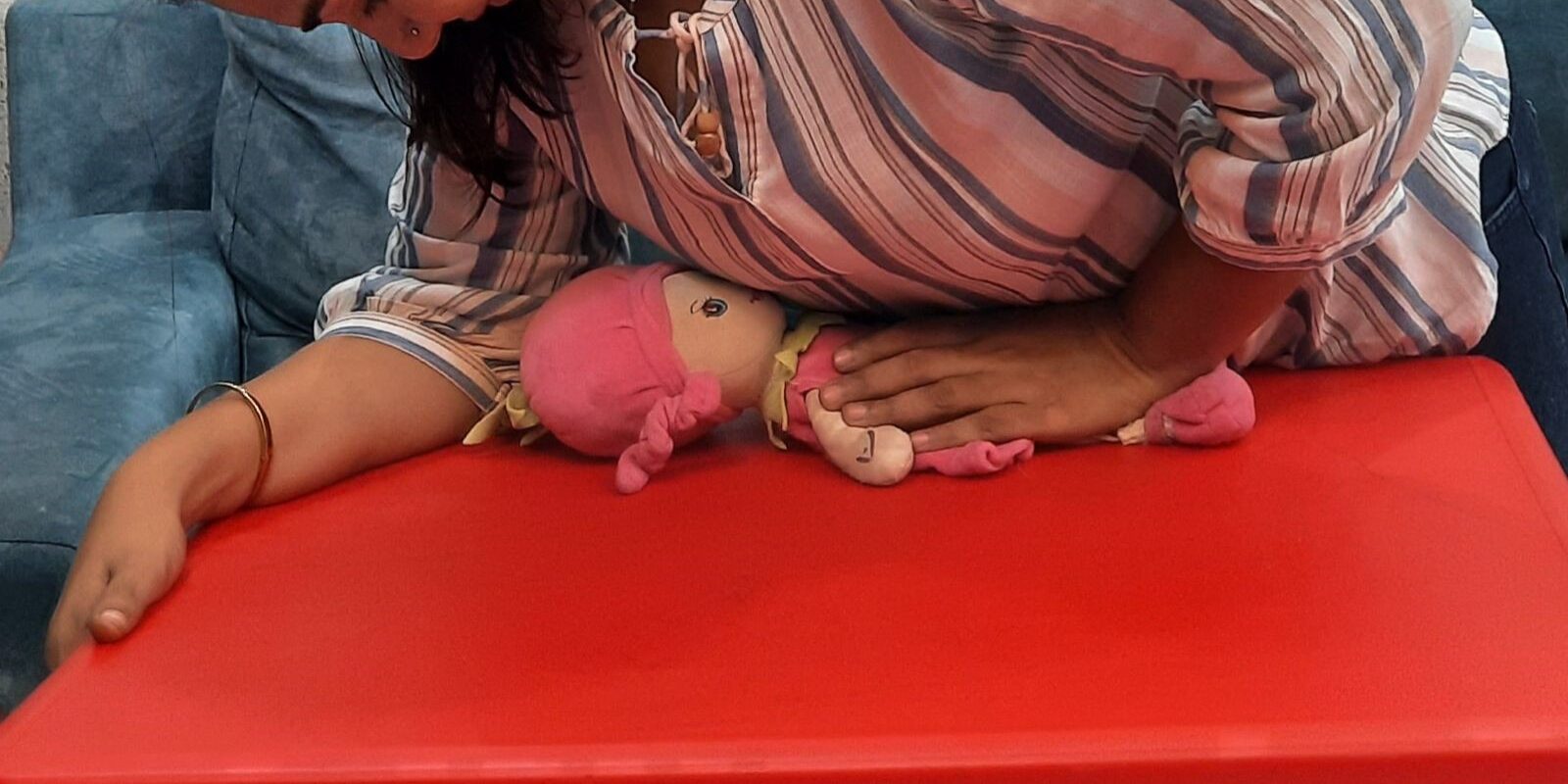
This position is less preferred by new mothers. You can use this position if you want to cure mastitis or don’t wish your breast to be touched or compressed.
- This nursing position involves your baby lying on his back, while you squat or kneel over the baby on all fours and guide your nipple into your baby’s mouth.
- You may need to use cushions and pillows to support yourself so you don’t strain your back or shoulders.
Nursing in a sling:
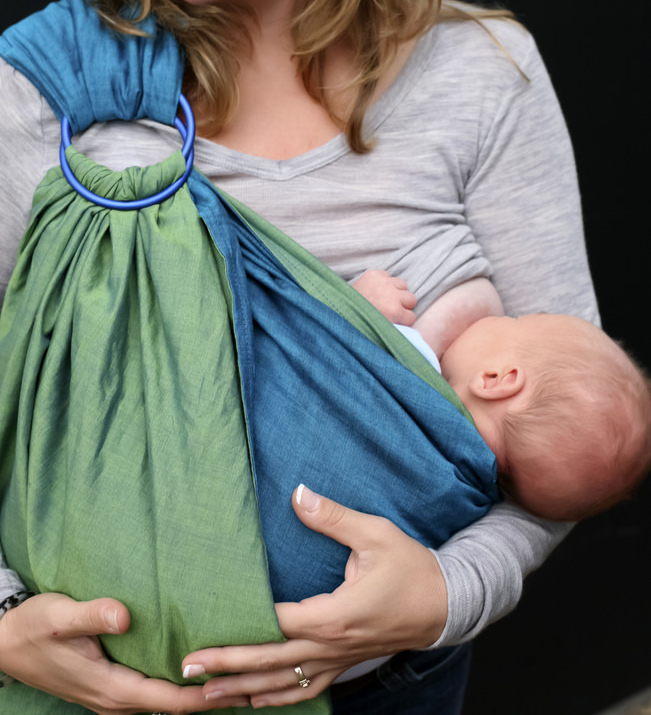
Breastfeeding in a sling may feel challenging at first because you need to choose a comfortable sling based on your baby’s requirements. But it can be a really special skill to learn during your nursing journey. You can start using a sling while breastfeeding when your baby can hold her head by herself. It allows you to continue breastfeeding your baby conveniently while you are doing your chores or outdoors. It keeps your baby close to you always and encourages bonding.
- You can choose a sling or a wrap that suits you and your baby.
- You can place your baby in the sling and adjust the height of the baby near your chest.
- When nursing in a sling you will have to wear nursing-friendly clothes for easy feeding.
Dancer hand nursing position:
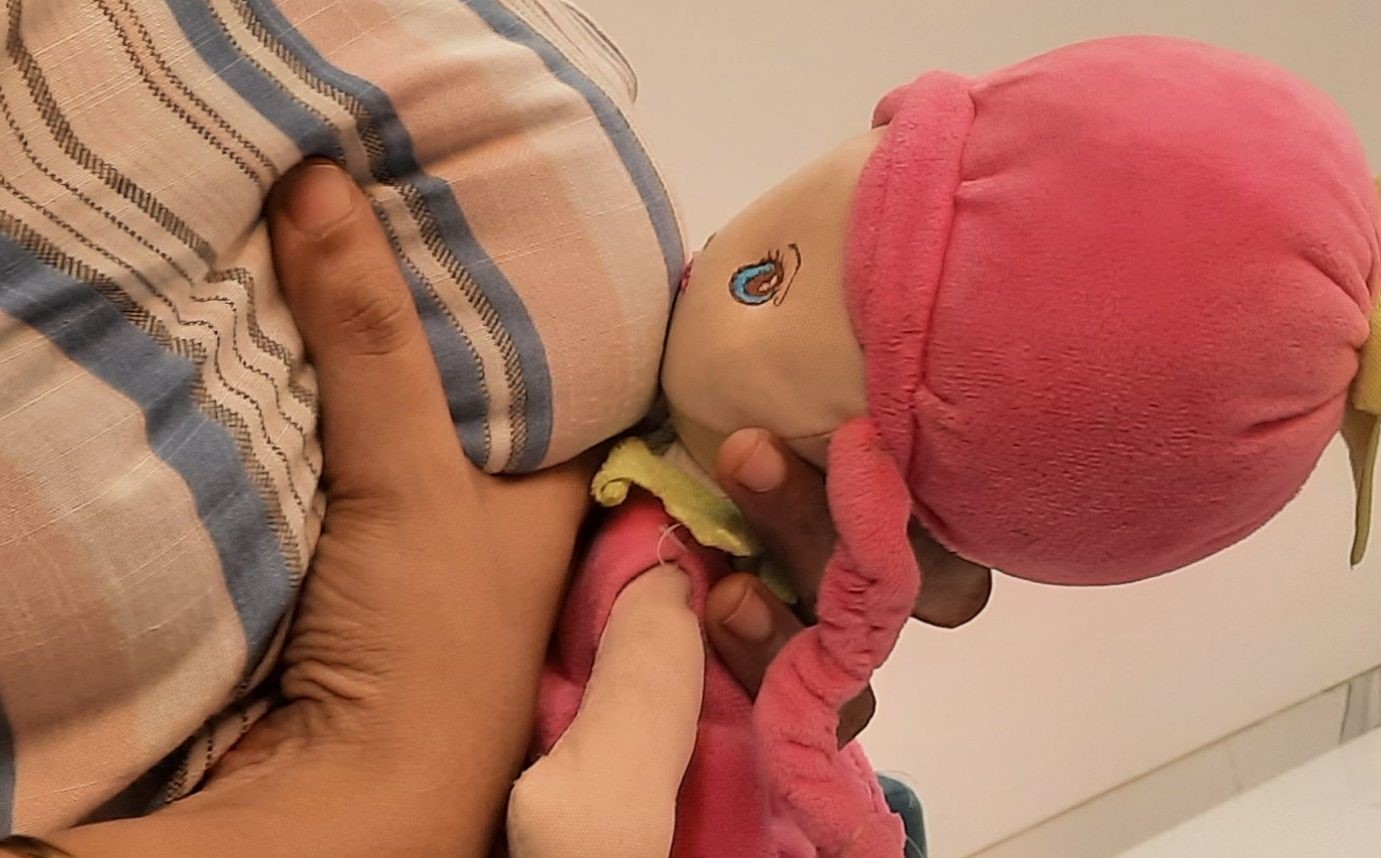
Dancer hand position is a breastfeeding technique for mothers of newborn babies. This technique is very beneficial for babies with weak muscles who need assistance like premature babies, babies who can’t latch properly or are born with any disability, cleft lips, or babies born with down syndrome.
- Place your hand under your breasts, support it with three fingers and create a “U” shape using your thumb and forefinger with the same hand to hold your baby’s chin and cheeks close to your breast with your thumb and forefinger.
- Your thumb and index finger will hold your baby’s cheeks on both sides.
- You can support your baby’s head with the other hand for a better latch
When we start learning any new skill, we need to invest time, patience, and practice to perfect that skill. Similarly, when learning to breastfeed, figuring out which position works for you and your baby is worth trying. There is no right and wrong while experimenting with these nursing positions. As much as you and your baby feel comfortable, feed them in any position. Once you comprehend your little one’s preference, you can continue practicing that one to keep your baby happy and well fed!
Struggling with lactation? Talk to our location experts and find a way. Call us on 18001020253 or email us at [email protected] to know more. Join our Pregnancy Care Program Under You Care Wellness here.
RELATED READINGS
Breast Pump – Your Partner in Thoughtful Nursing
Our Pregnancy expert’s Favorite Lactation Recipe
How To Increase Breast Milk Production?
Luke Coutinho
Luke Coutinho practices in the field of Holistic Nutrition and Integrative and Lifestyle Medicine. He is the pioneer and founder of the You Care Wellness Program which has consulted and treated over 20,000 patients globally. This integrative lifestyle program revolves around five fundamental pillars - Cellular Nutrition, Adequate Exercise, Quality Sleep, Emotional Detox, and the Spirit. It has now stemmed into a beautiful community with over a million people. His free videos, blogs, challenges, and programs have helped people reverse lifestyle conditions, put cancers into remission, and overcome suicidal tendencies to live happier lives. Luke has authored four bestsellers and won several national and international awards. He is the Champion for Lifestyle and Wellness for PM Narendra Modi’s Fit India Movement. He is the founder of India's first ethical wellness platform, You Care Lifestyle, where all things are verified by Luke and his team. He is also the founder and chief program mentor for Integrative Nutrition and Dietetics courses at the Lifeness Science Institute (LSI). He travels the world to speak on holistic wellness and empower people to live their most extraordinary life.
Start Your Wellness Journey
Feeling inspired to take the next step in your wellness journey? Connect with us to explore how our tailored programs can support your health journey. Your transformation is just a conversation away.




It’s lovely n v v usefull article at recent my daughter deliever a boy just one month ago n v were struggling for the right posture always so it is a blessed article for us thank u luke n I m yr old patient gayatris mother Mayuri Zaveri thank u sir god bless u
So good to know that, Mayuri. Hope you have been well. Congratulations 🙂